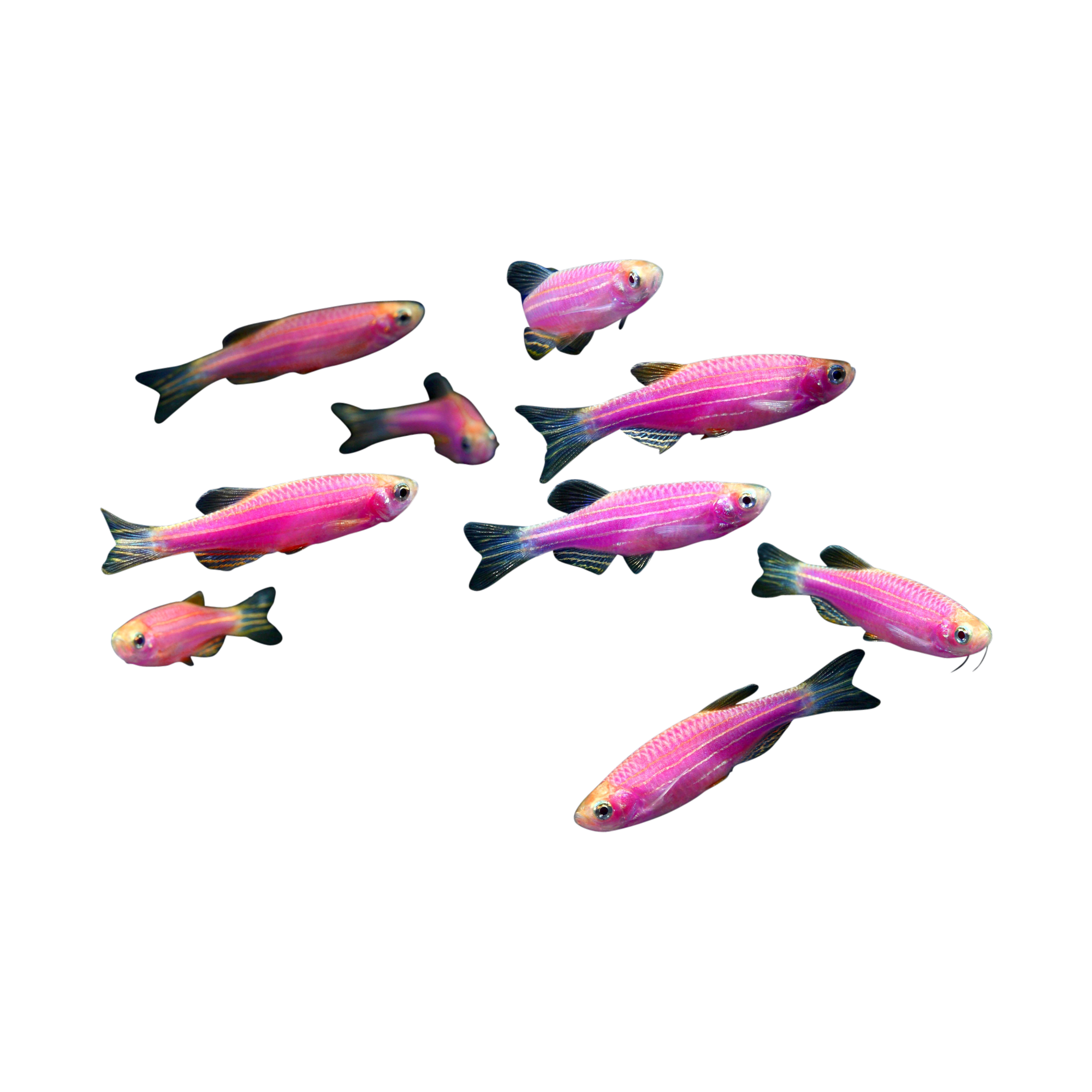My cats are about 1 month old.after eating fish they started vomiting and also had diarrhea.what should i do?
I would feed them a bland diet until the vomiting resolves. I have outlined a bland diet for you below. If there is no improvement and they worsen, I would get them seen by a vet for an exam and further testing / treatment. Please let me know if you have any other questions or concerns. I am also available via consultation if needed.
GENERAL INFORMATION
A bland diet is a diet that is soft and highly digestible. It is low in fiber, fat and protein and is high in carbohydrates. Bland diets are generally composed of a single carbohydrate source and a single lean protein source. The most common bland diet is boiled rice and boiled lean chicken breast, without skin and bones. Since bland diets are low in fiber, stool production slows and defecation is less frequent. Bland diets are fed to rest the gastric system and to help promote normal stool formation. Animals that are physically sick should not be fed bland diets as a method of treatment.
PRIOR TO FEEDING A BLAND DIET
Pets should be fasted for 12 to 24 hours. Young animals should not be fasted for more than 12 hours. Fasting will allow the intestinal system to relax and minimize acid secretions that may irritate and inflame the intestinal lining. During the fast small amounts of water or ice chips may be provided. Never fast a sick animal, it may cause disease progression and death.
BASIC BOILED RICE AND CHICKEN BLAND DIET RECIPE
CARBOHYDRATE SOURCE: Boiled white rice
LEAN PROTEIN SOURCE: Chicken breast, no skin and bones
BOILED RICE: 1 part white rice with 3 parts water boiled for 20 – 25 minutes or until the rice is easily crushed.
BOILED CHICKEN: De-fat chicken breast and boil in water for 10 – 15 minutes or until the chicken meat is easily pulled apart and cooked all way through.
MIXING INSTRUCTIONS: Finely chop the lean protein and mix 2 cups carbohydrate source and ½ cup lean protein source.
STORAGE INSTRUCTIONS: Bland diets can be premade and stored in the refrigerator for a maximum of 48 hours. The bland diet can be cooked in a batch and frozen in feeding sized portions to minimize preparation time. Thaw and warm the frozen diet prior to feeding.
PERMITTED LEAN PROTEIN SUBSTITUTIONS
Pork loin, egg whites, low fat cottage cheese. 7% low fat hamburger, plain low fat yogurt.
PERMITTED CARBOHYDRATE SUBSTITUTIONS
Boiled potatoes, boiled spaghetti, Minute rice.
PERMITTED COMMERCIAL BLAND DIETS
Science Prescription Diet I/D, Eukanuba Veterinary Diet Low Residue, Royal Canin Veterinary Diet Intestinal HE.
FEEDING INSTRUCTIONS
Estimate 25% of your animal’s diet and feed that amount of the bland diet every 6 – 8 hours. Smaller animals will require less and larger animals will require more adhering to the same carbohydrate to lean protein source ratio. The bland diet should be fed for 4 -5 days with no treats or other food sources until stools are firm.
TRANSITION BACK TO A NORMAL DIET
Never transition back to a regular diet rapidly. Transition back to the regular diet over a 1 week period. Start by adding 25% of the regular diet to 75% of the bland diet and feed that combination for 2 days. If stools continue to be firm then continue substituting the regular diet in 25% increments and feeding the combination in 2 day time intervals until the diet is 100% regular diet. Minimize treats for 1 week after moving the diet back to 100% regular diet.
Read More

